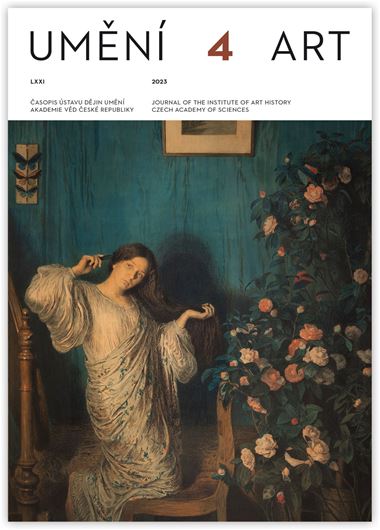Radka Heisslerová — Kryštof Loub
Pozapomenutý monument. Příběh nerealizovaného pomníku generála Laudona v Praze
We know the lamentations over the decline of art at the end of the eighteenth century from both contemporary and more recent literature, but also from period correspondence. The complaints focus on painting in particular, but sculpture reportedly suffered equally as much. The period in question, however, may not have been as unfavourable as is presented to us. This is shown in this study, which focuses on a remarkable, albeit unrealised, monument to General Ernst Gideon Laudon (1717–1790), commissioned after his famous victory over the Ottoman Empire in 1789 at Belgrade. The association that initiated the creation of the monument consisted of a number of protagonists of the contemporary cultural milieu, such as Count František Antonín Novohradský of Kolowraty (1739–1802), Count Josef Emanuel Canal de Malabaila (1745–1826), Professor František Antonín Steinský (1752–1816), and Karel Rafael Ungar (1734–1807), the librarian at the Clementinum Jesuit College, to name but a few. Several Prague artists were also invited to discuss the monument, among them painters Jan Quirin Jahn (1739–1802) and Ludvík Kohl (1746–1821); copper-engraver Jan Tomáš Kleinhardt (1742–1794); sculptors Petr Prachner (1744–1807) and František Xaver Lederer (1758–1811); and stonemason Johann Ludwig Kranner (1764–1828). The original idea of an equestrian monument made of white marble eventually changed and the final decision was to cast the sculpture in metal. The implementation was entrusted to Austrian sculptor Johann Baptist von Hagenauer (1732–1810) and the monument was to be placed in the Horse Market (now Wenceslas Square). Newly found archival sources allow us to reconstruct the development of the whole event, to trace the communication between the commissioner and the contractor and the gradual change of the project, and to add a number of interesting facts about the period in question.
Author's email:
radka.heisslerova@ngprague.cz
DOI: HTTPS://DOI.ORG/10.54759/ART-2023-0405
Full-text in the Digital Library of the Czech Academy of Sciences:
https://kramerius.lib.cas.cz/uuid/uuid:d7a63d21-e38f-46ad-b4d0-586aea4b6a3b
< back

